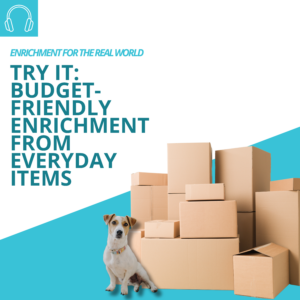
Podcast Episode #116 – Try It: Budget-Friendly Enrichment from Everyday Items
Episode #116 – Try It: Budget-Friendly Enrichment from Everyday Items May 26, 2025 DOWNLOAD THE EPISODE TLDL (Too Long, Didn’t Listen): 1️⃣ Don’t Give Up

Episode #116 – Try It: Budget-Friendly Enrichment from Everyday Items May 26, 2025 DOWNLOAD THE EPISODE TLDL (Too Long, Didn’t Listen): 1️⃣ Don’t Give Up
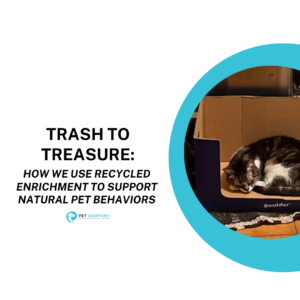
It’s a beautiful spring day and I’m sitting at the Firefly Coffee House finishing my house-made bagel with peach spice cream cheese schmear (yes, it

I love animals, but that’s not why I’m a behavior consultant. Now, don’t get me wrong, I delight in the furry besties I meet and

If you’ve been around for long enough, you’ll already know that enrichment is about outcomes. And if you don’t already know that, hi, welcome! When
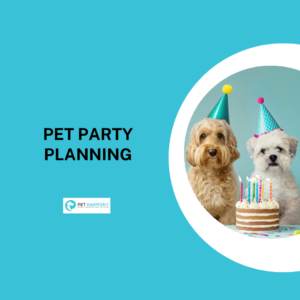
We’ve rounded the corner into the holiday season! I think my feelings can best summed up like this: https://www.youtube.com/watch?v=PFr-kNbXHew We’re sharing and concocting plans for
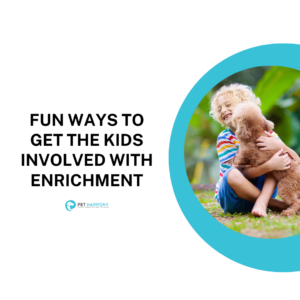
I don’t think I’ve kept it much of a secret that I love how past me informs present me, especially in my role as a
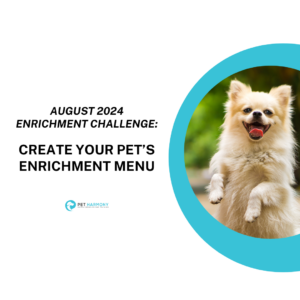
Things always seem to happen with my clients in bursts, and recently, I have been working with a number of families on transitions to a
#86: Q&A: Indoor Enrichment Activities Ideas Download Transcript Here – Arial Download Transcript Here – OpenDyslexic [00:00:00] Emily: What I love about this discussion is

In a recent podcast episode, #83 – Enrichment for Shelters, Allie and Emily talk about how incredibly impactful a midday rest can be for shelter
#83: Enrichment for Shelters Download Transcript Here – Arial Download Transcript Here – OpenDyslexic [00:00:00] Emily: And contrary to my hazing love language, I got


$35 off a
4-session bundle
$65 off an
8-session bundle
Use code DOGDAYS2025 at checkout
